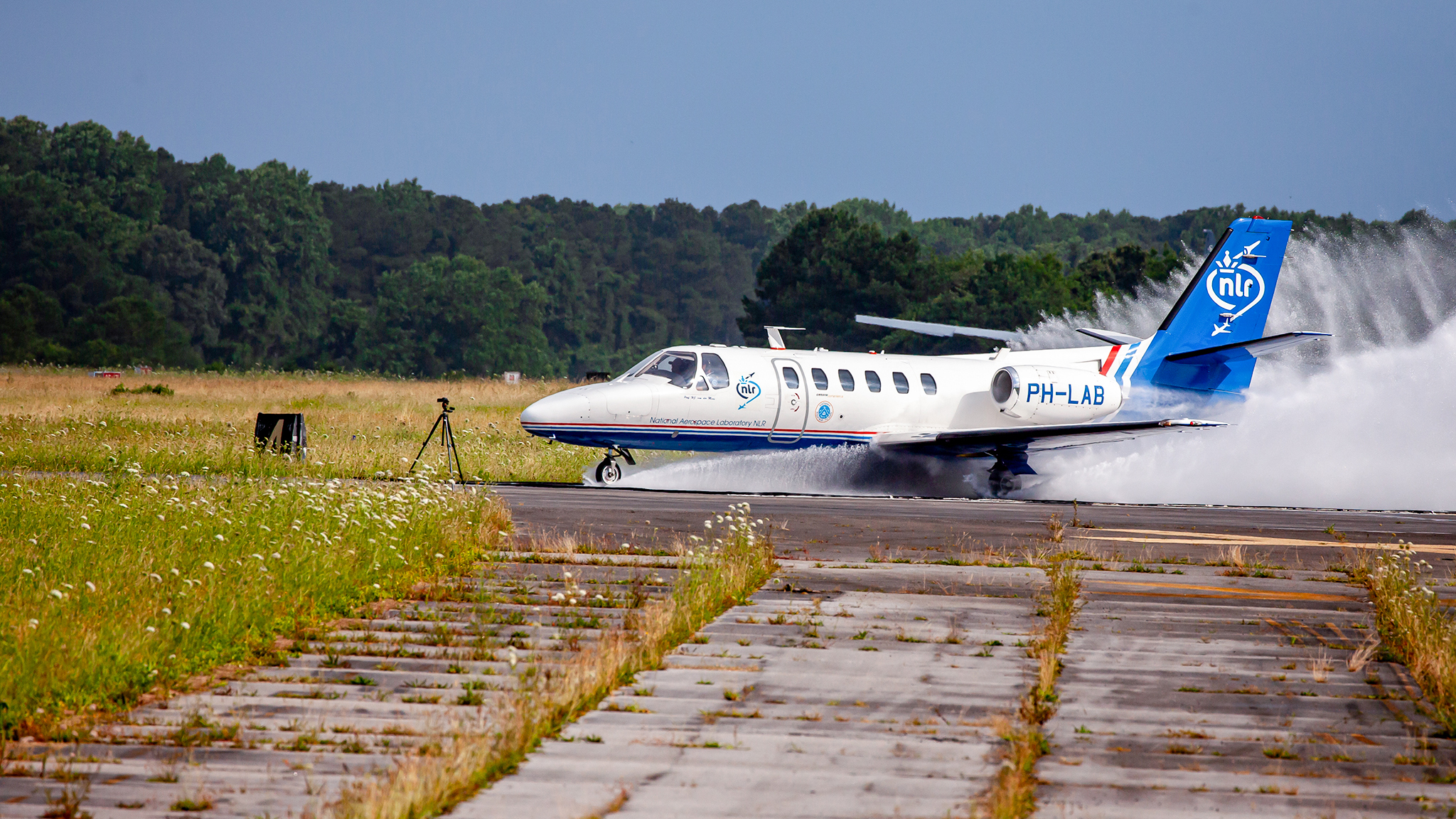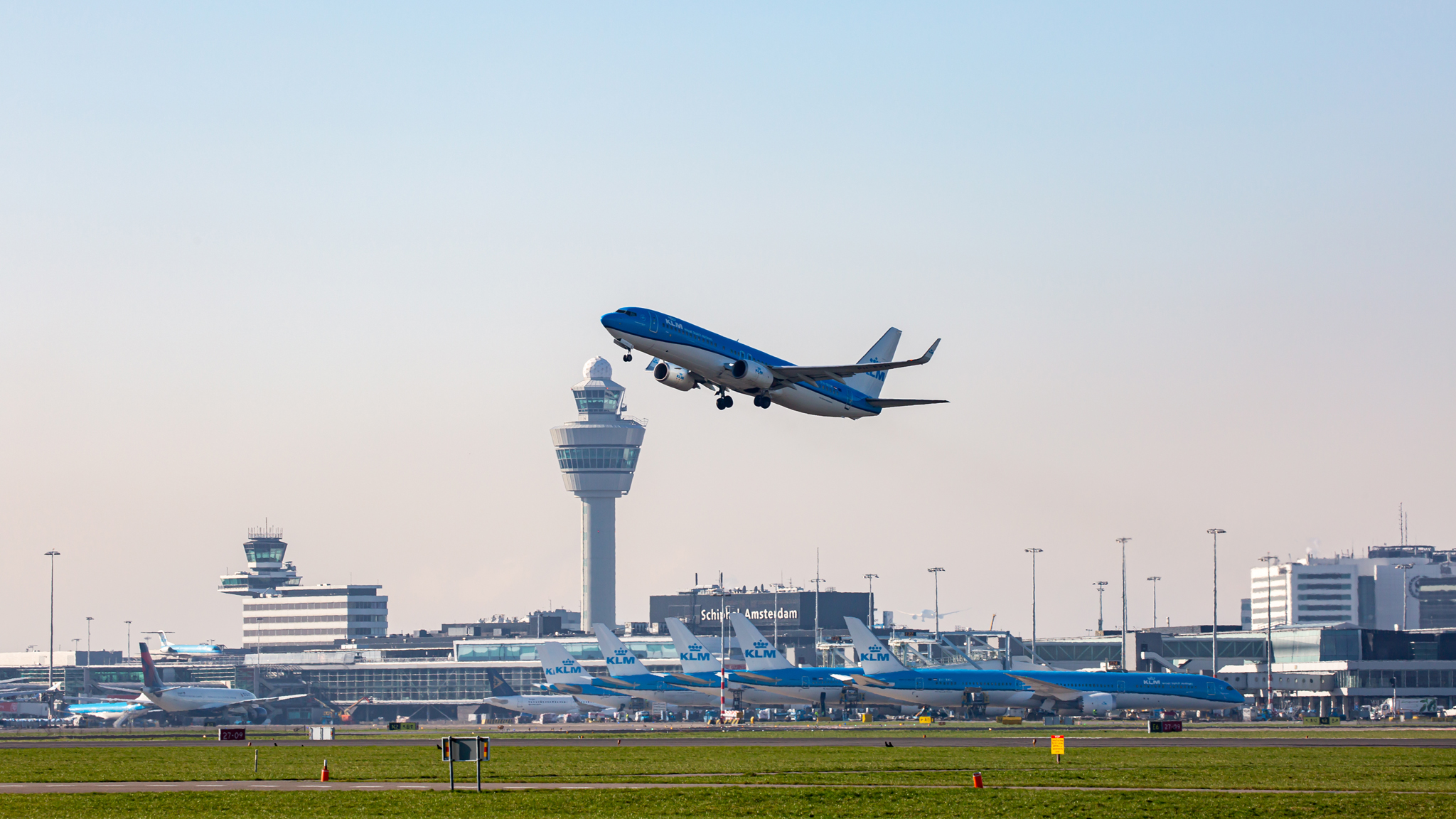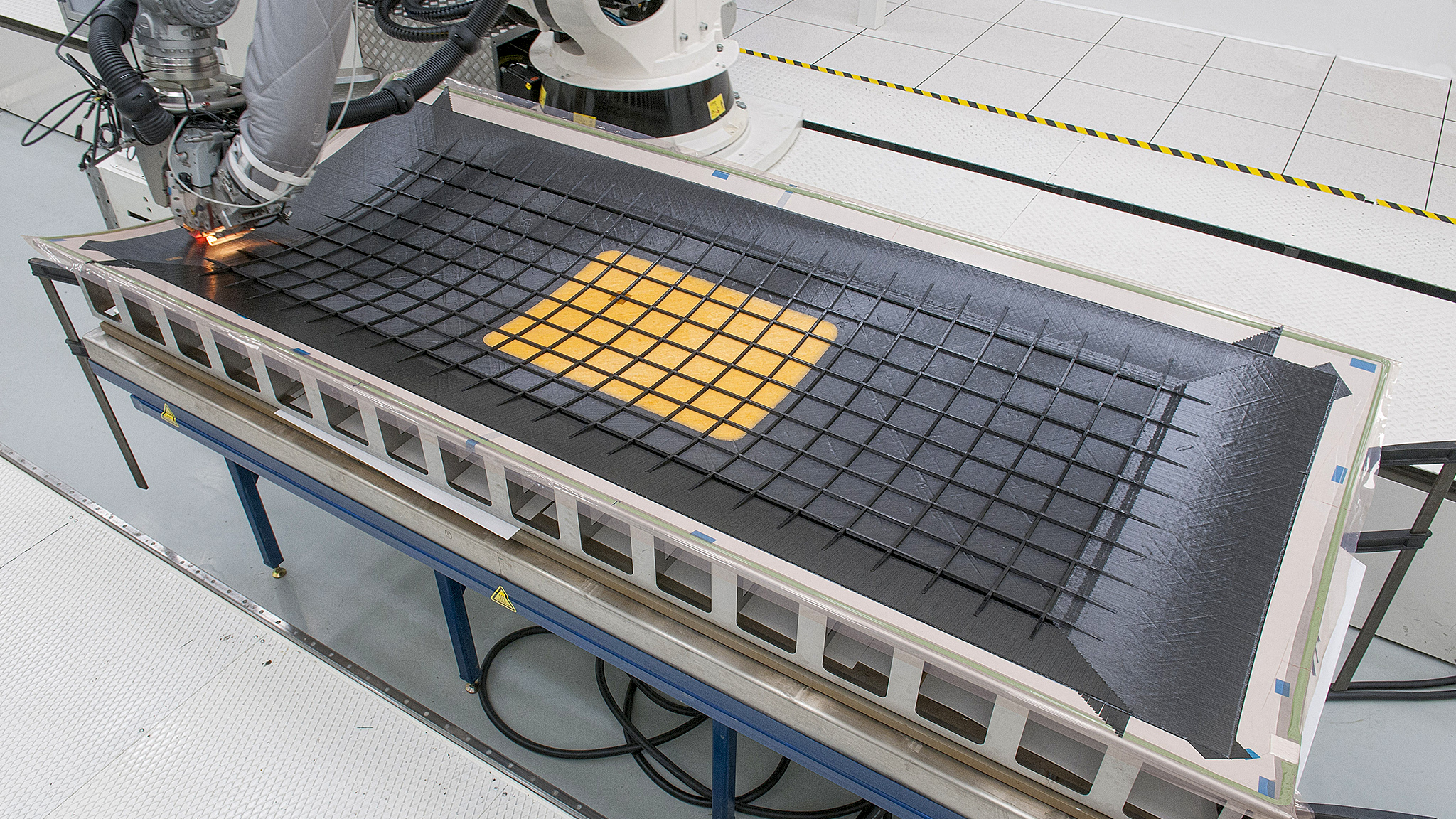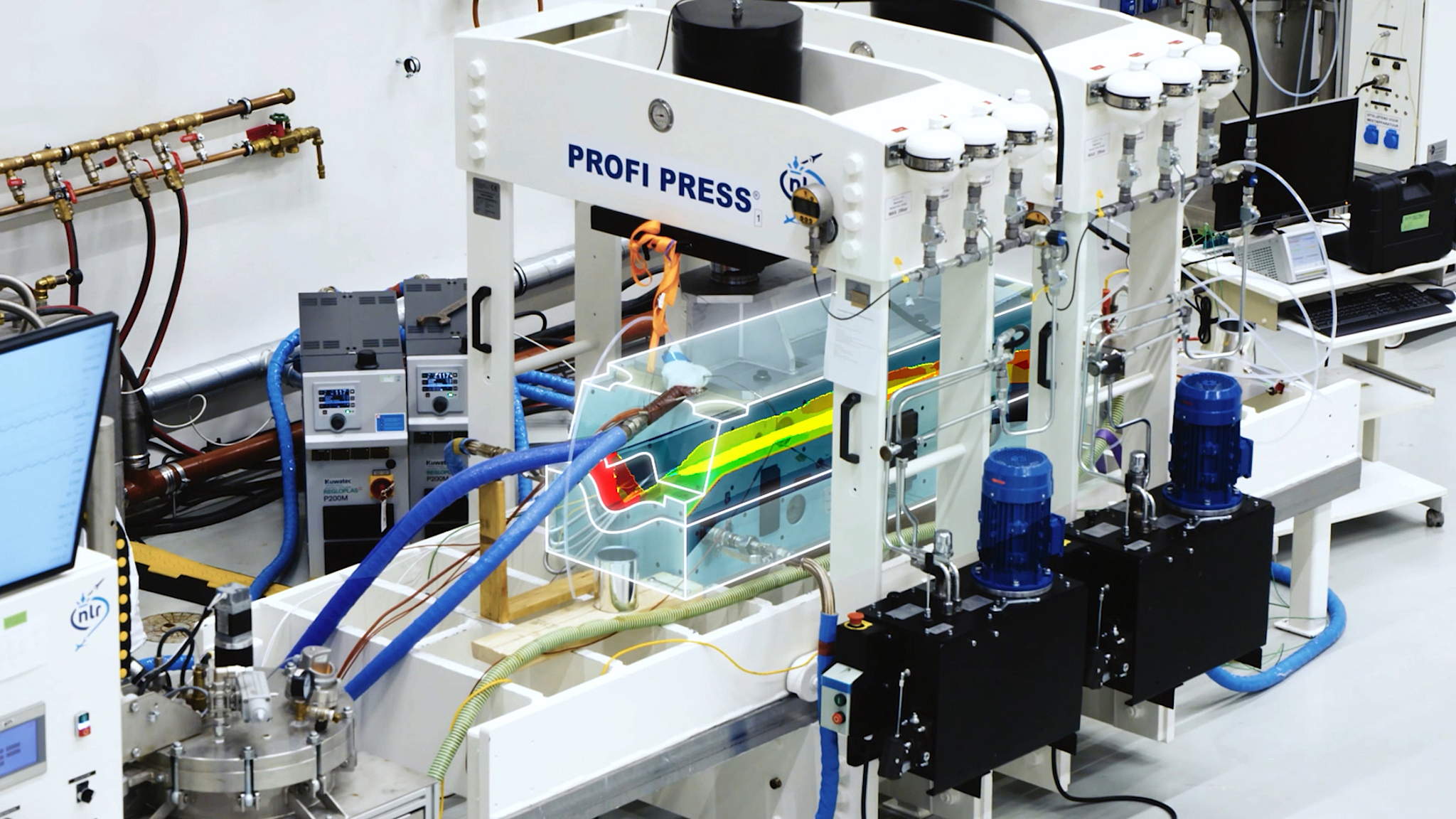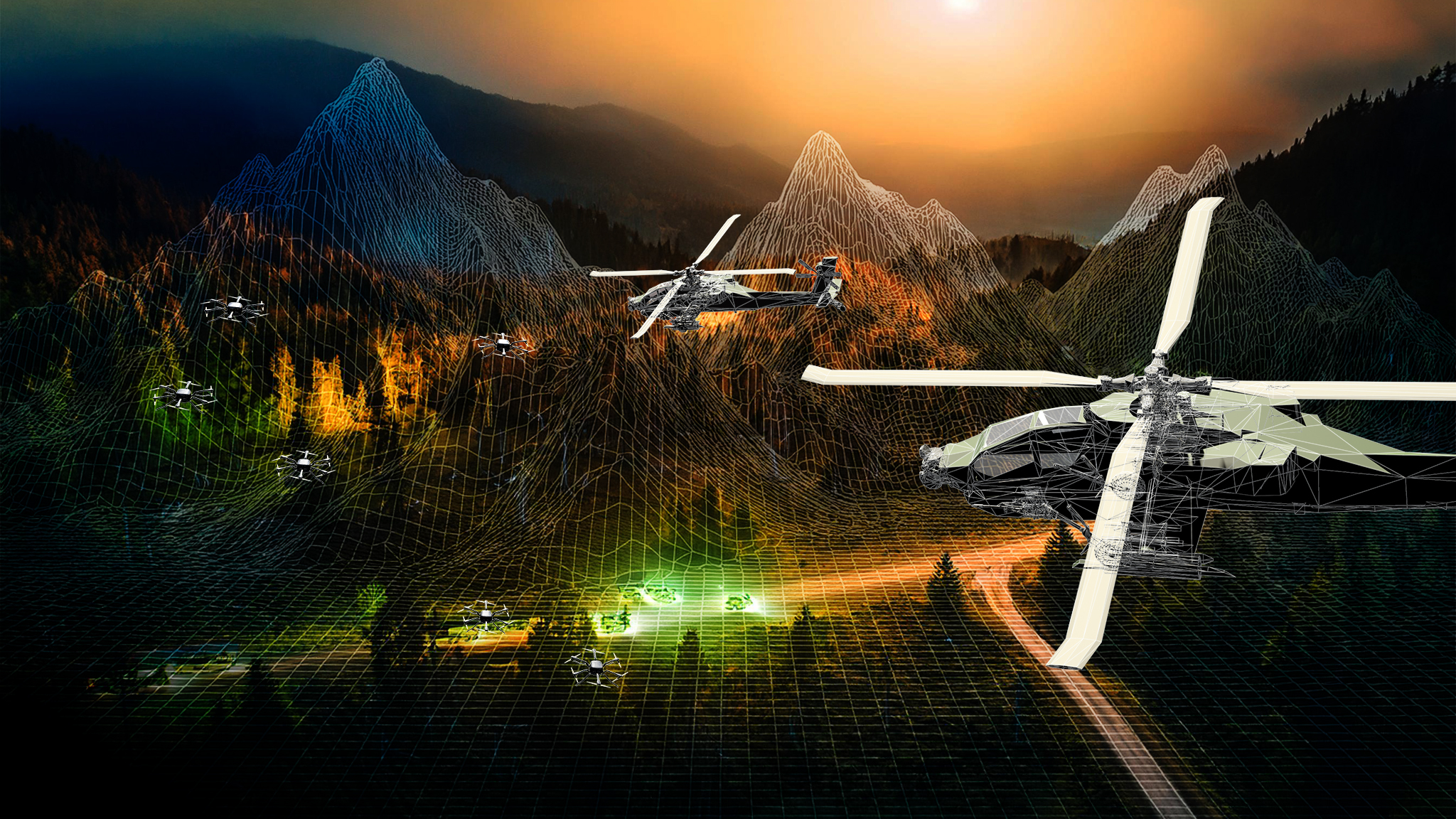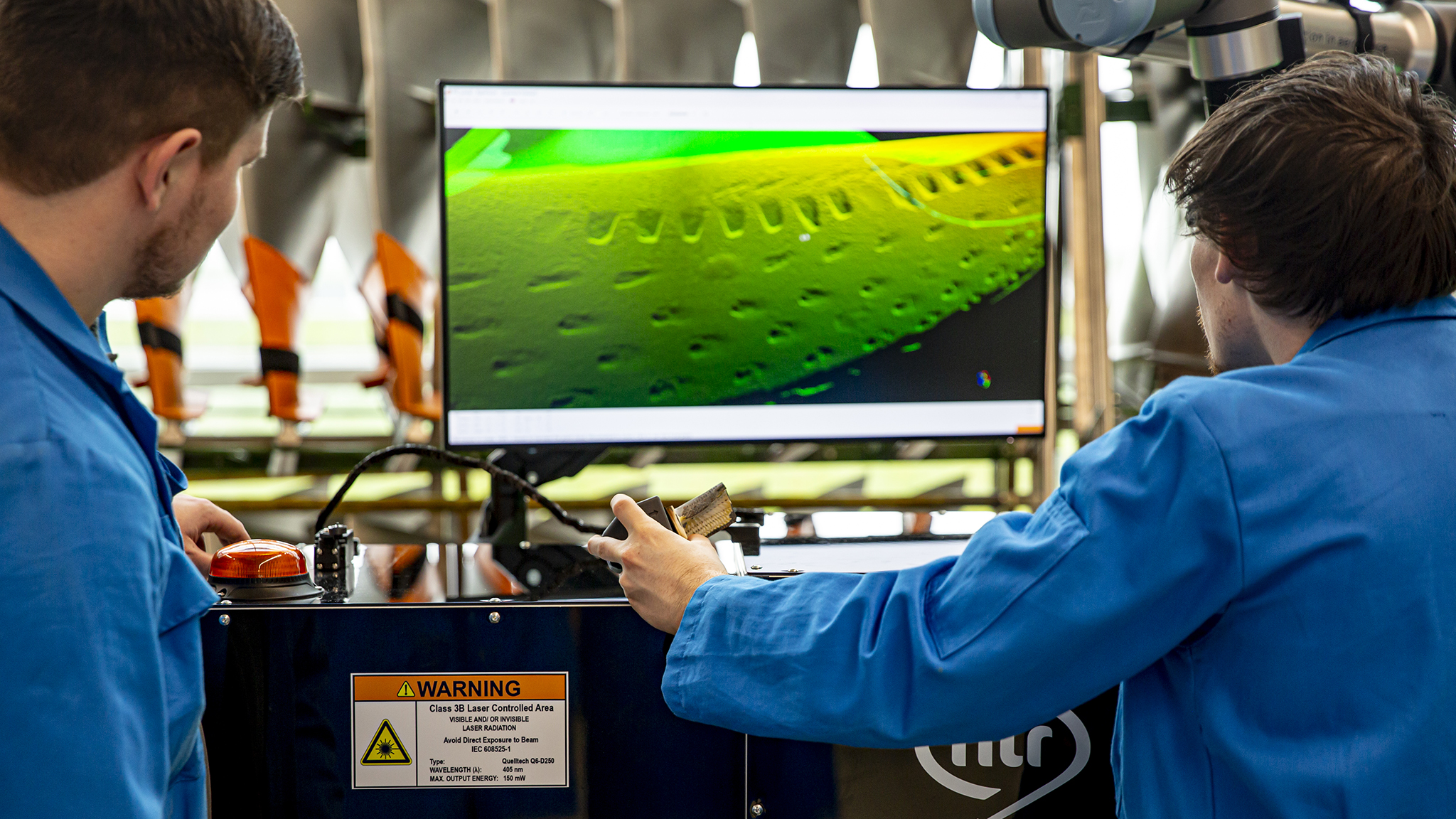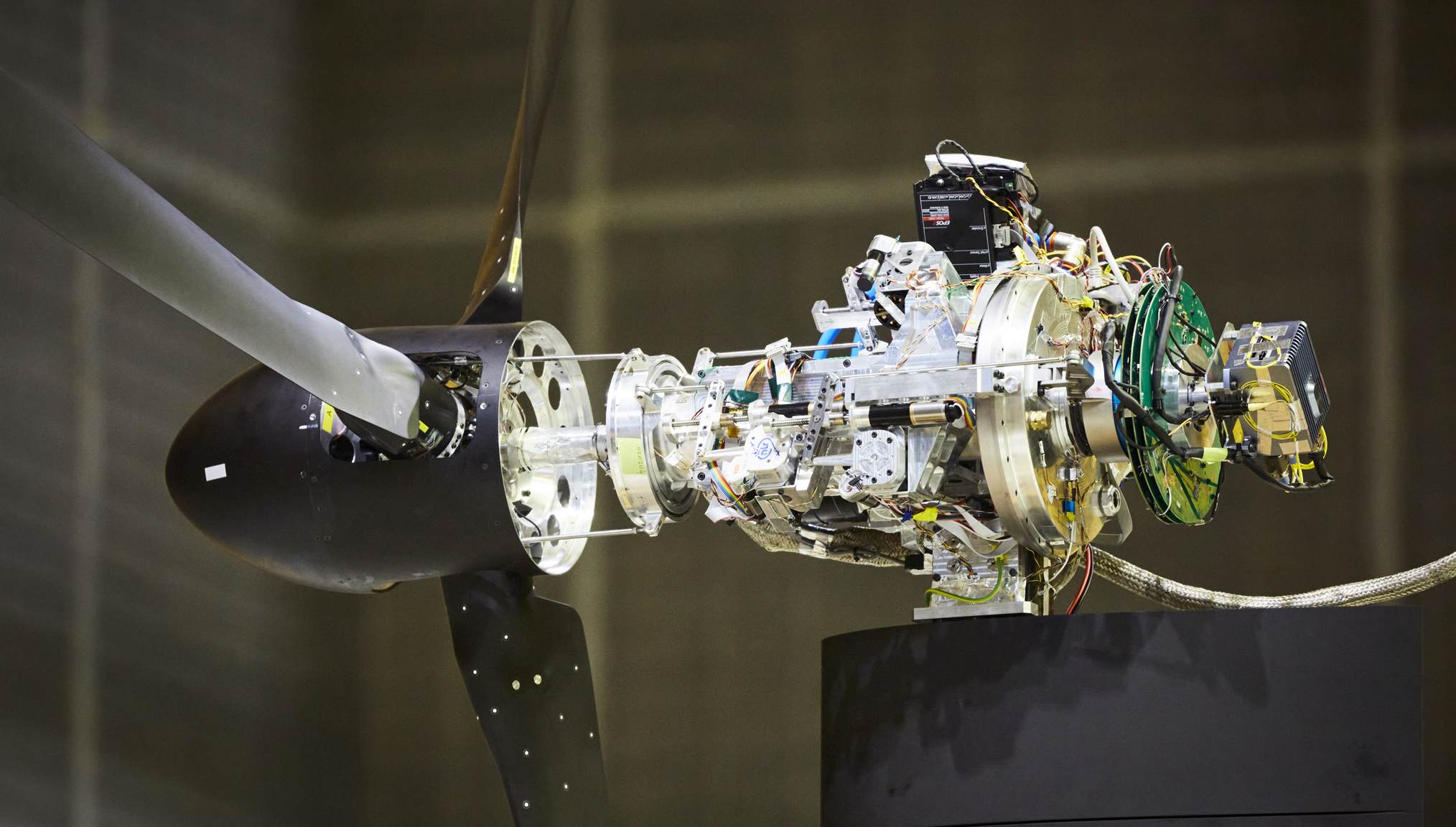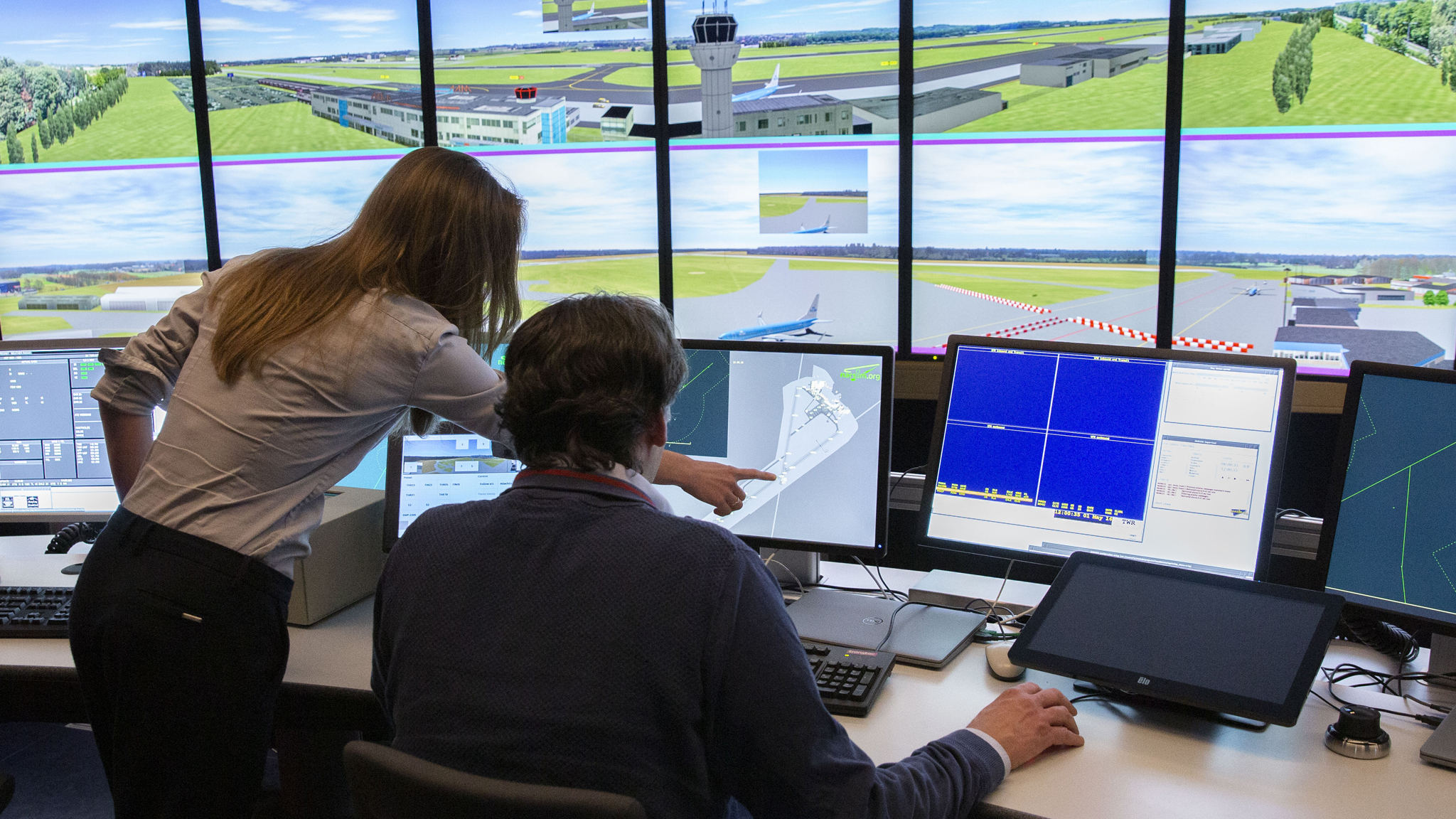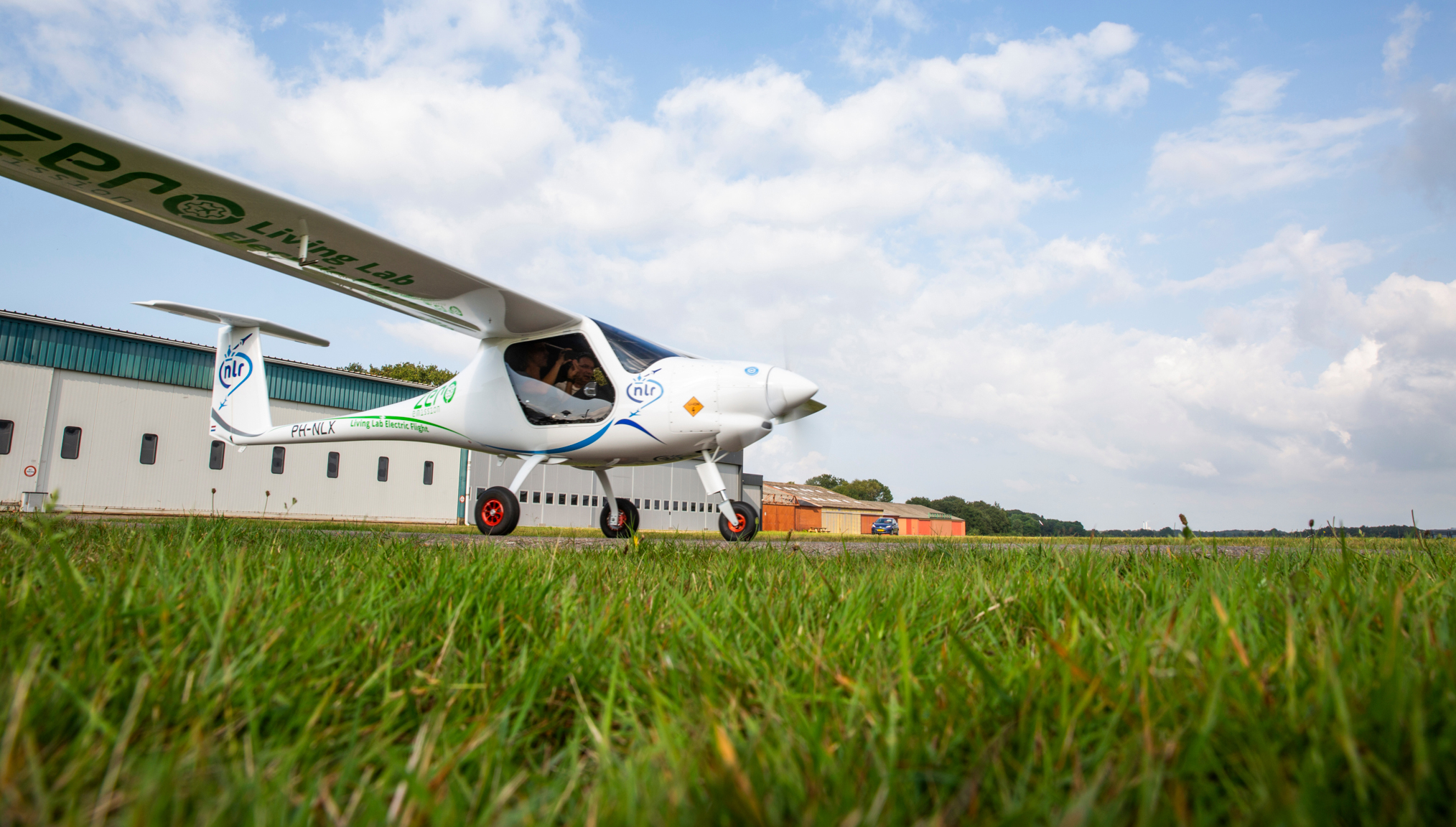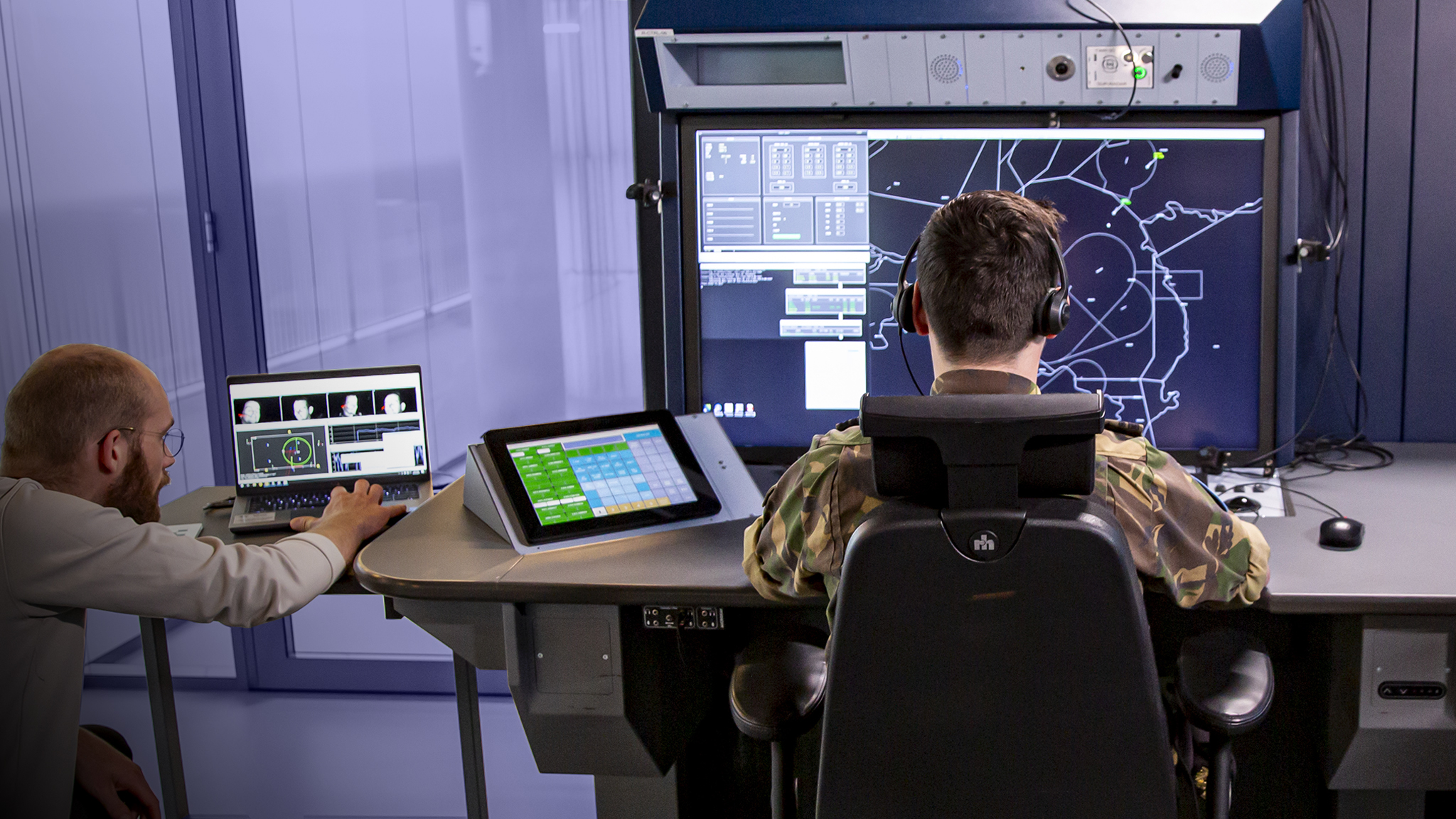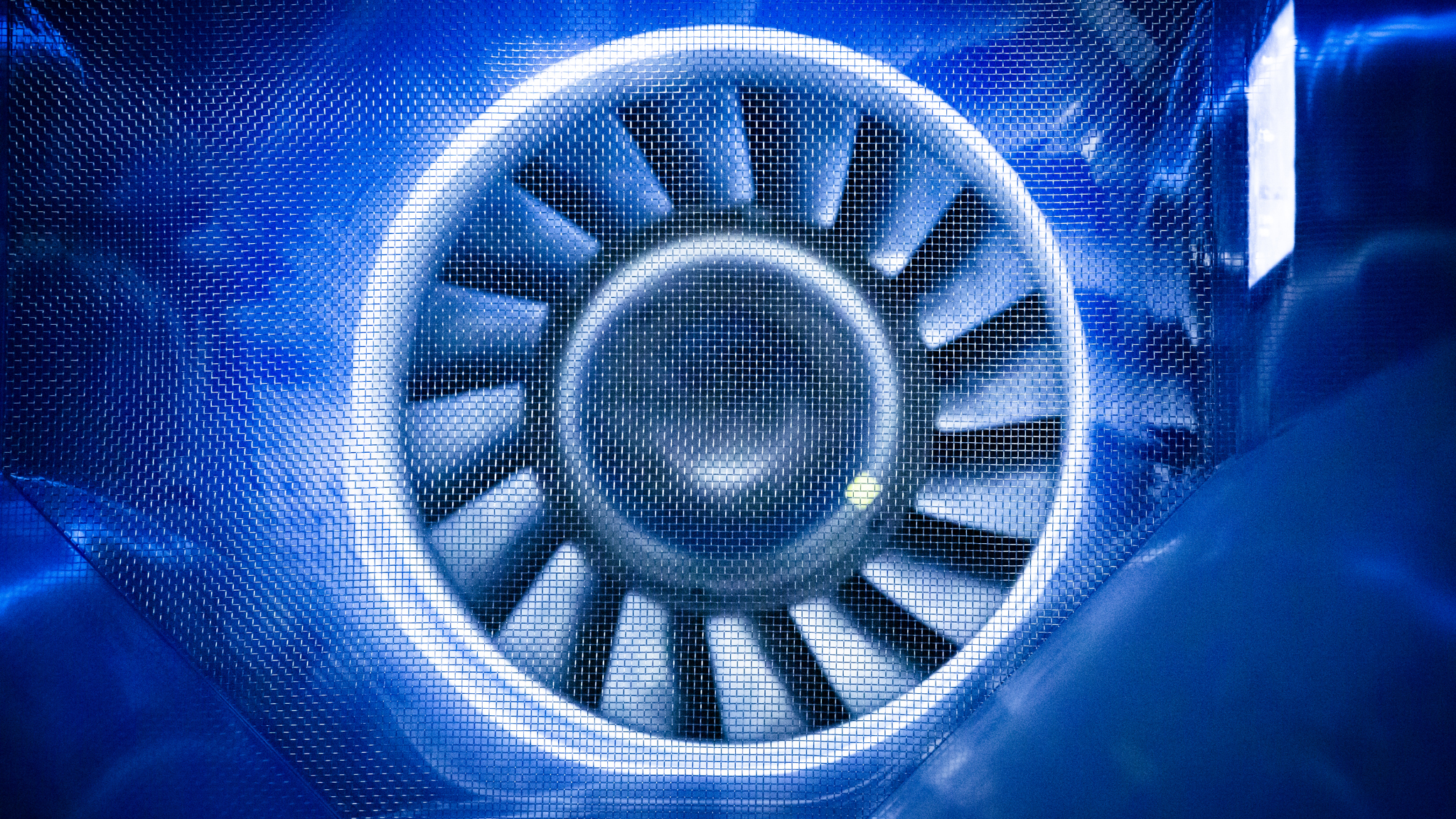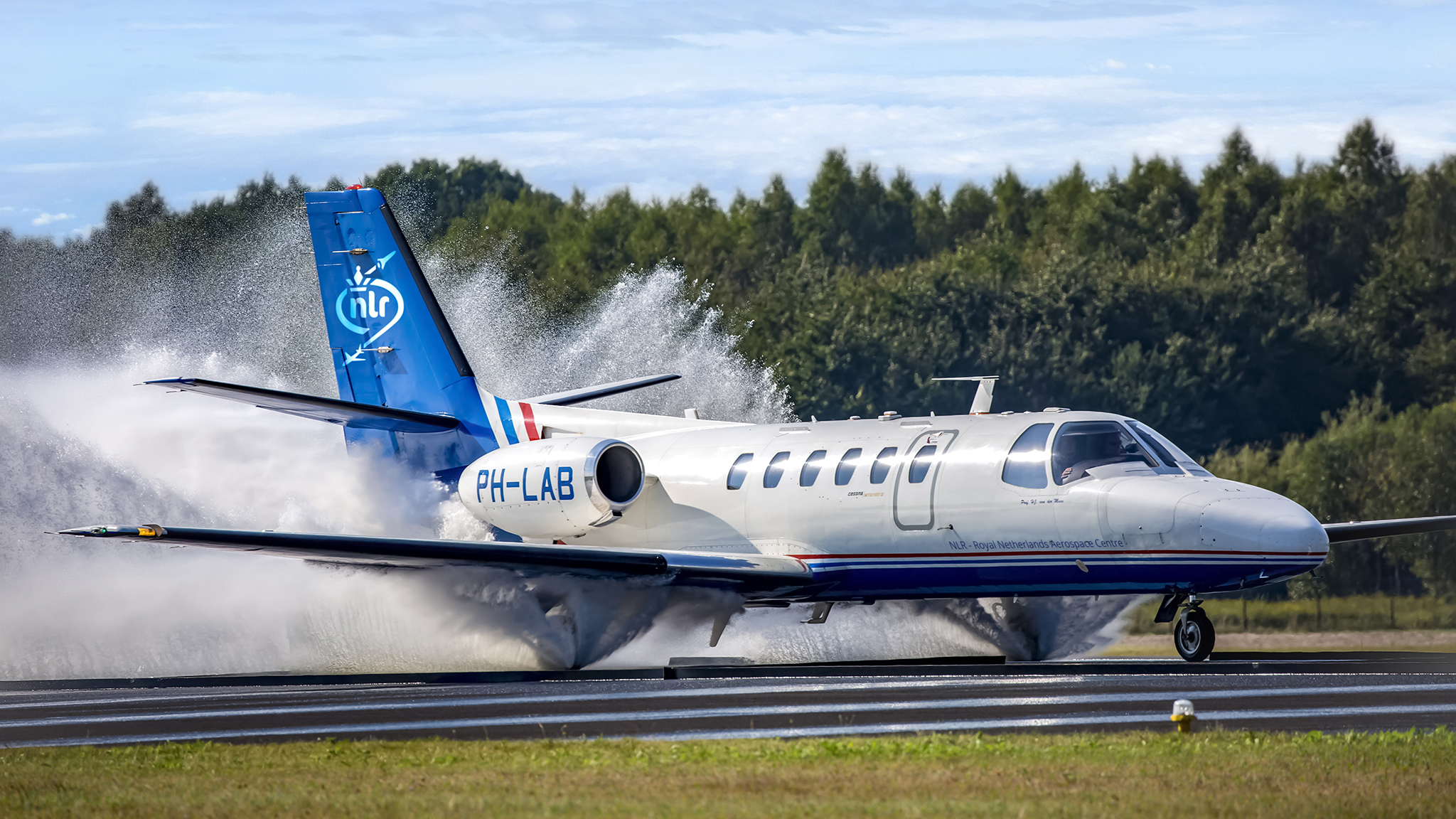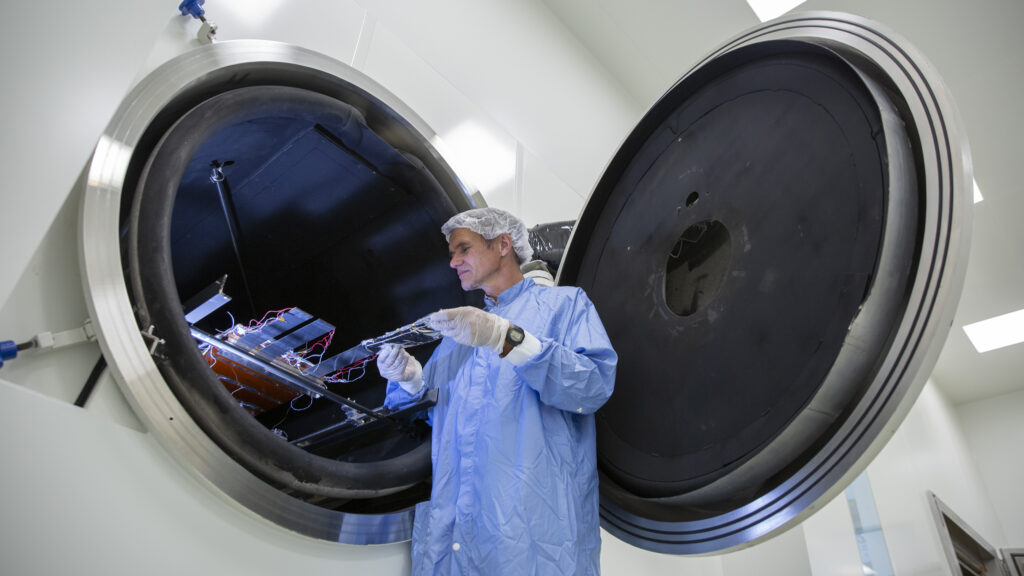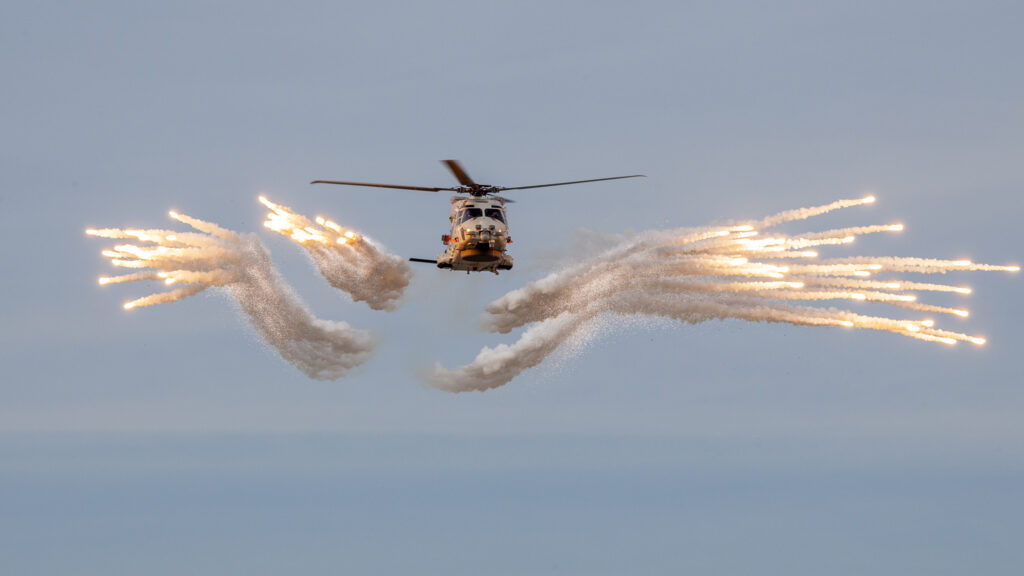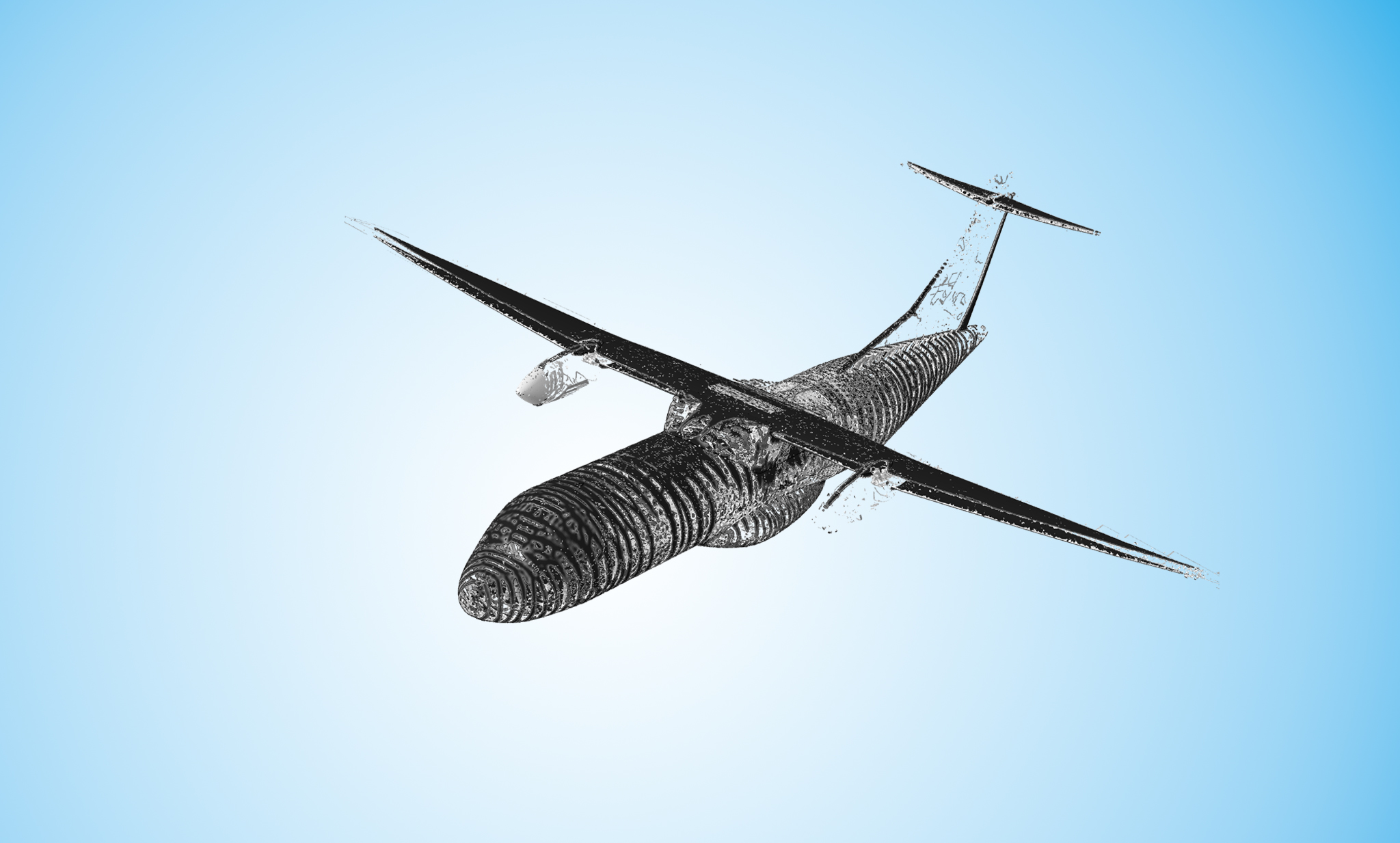
28 November 2025
Unique in the EU: Modular EPTF Test Facility for Hydrogen-Powered Flight
With the opening of the Energy to Propulsion Test Facility (EPTF), NLR now operates a unique, modular test facility designed to support research. At present, the focus lies on hydrogen-electric aircraft propulsion. The new facility provides startups, SMEs and industrial partners with optimal conditions to safely and thoroughly test complex innovations in this field. In doing so, NLR contributes to accelerating aviation sustainability.

20 November 2025
Strategic cooperation between NLR and TNO accelerates dutch military space capabilities
Royal Netherlands Aerospace Centre (NLR) and TNO have signed a strategic cooperation agreement to accelerate innovation in the field of Military Use of Space (MUoS). This agreement is a further intensification of the existing cooperation between the two knowledge institutions, which have been working together for over ten years in the field of military space applications.
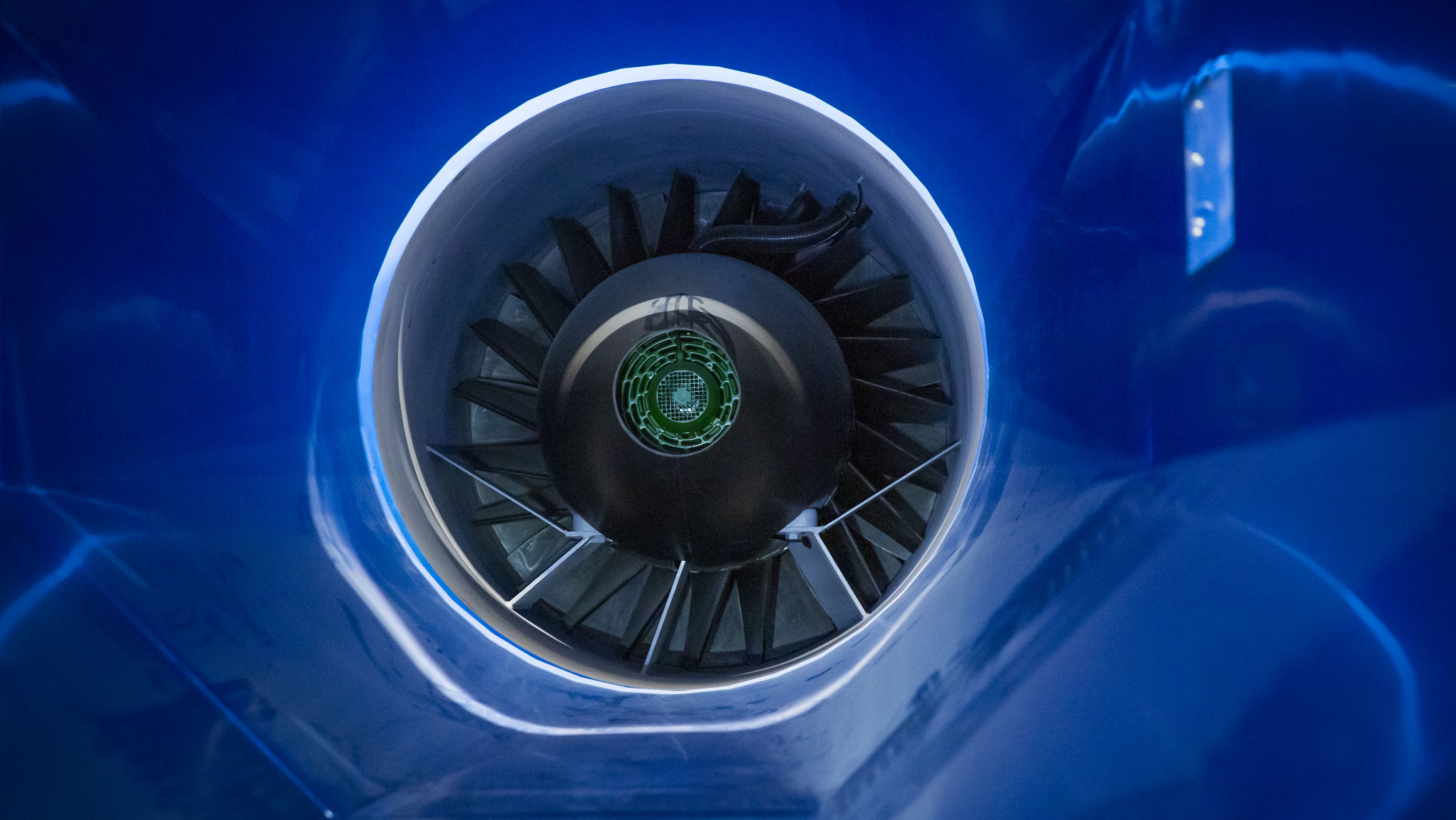
CHECK OUR NEWS IN BRIEF HERE
AGENDA
Let’s meet!
10-12 March
JEC World
26-28 May
Airpsace World
10-14 June
ILA Berlin
20-24 July
Farnbourough Airshow
Areas of expertise
Programmes
Markets
NLR Repository
Newsroom
Stay up to date with the latest developments. In the Newsroom you can find the latest news, articles, and blogs from NLR. We also showcase a range of videos and publications here. For more video content, please visit our YouTube channel, NLRmedia.



